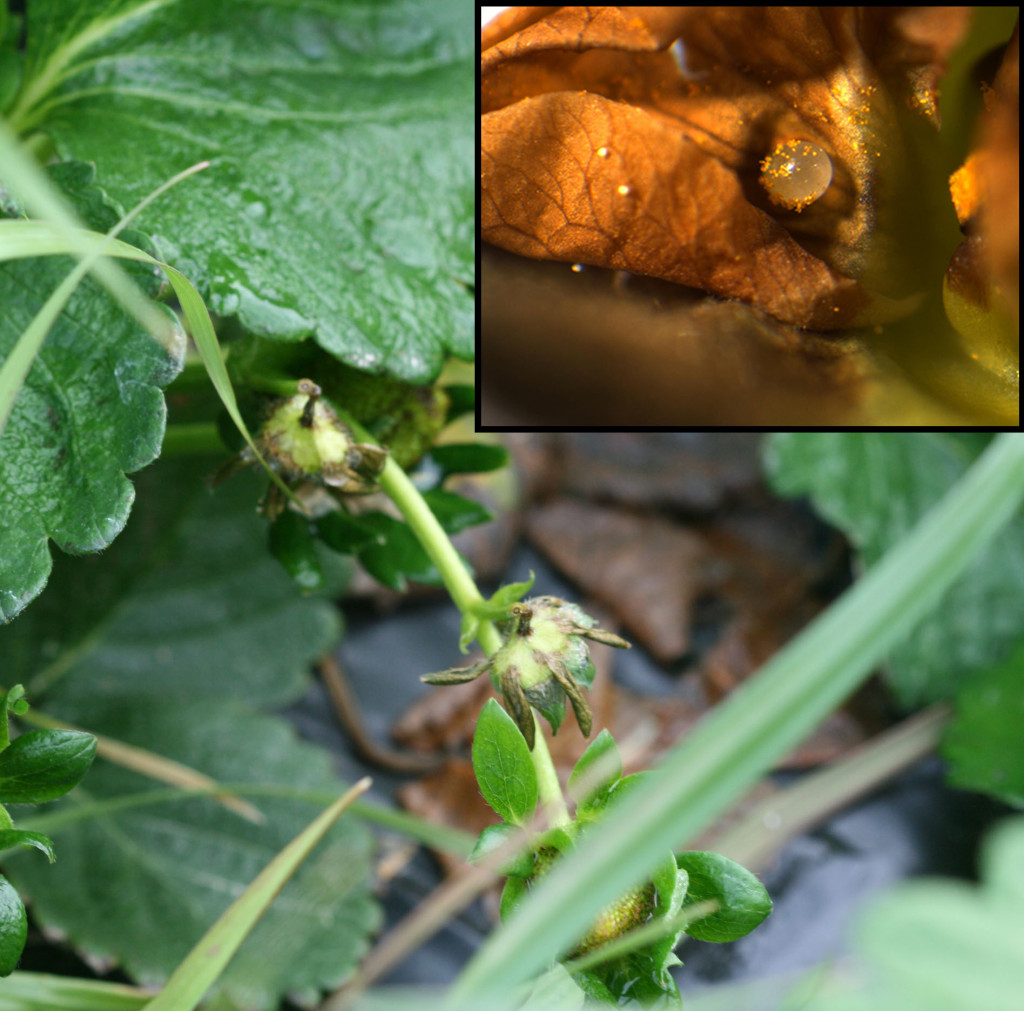Seeking Sites to Monitor Strawberry Clipper!
go.ncsu.edu/readext?276211
en Español / em Português
El inglés es el idioma de control de esta página. En la medida en que haya algún conflicto entre la traducción al inglés y la traducción, el inglés prevalece.
Al hacer clic en el enlace de traducción se activa un servicio de traducción gratuito para convertir la página al español. Al igual que con cualquier traducción por Internet, la conversión no es sensible al contexto y puede que no traduzca el texto en su significado original. NC State Extension no garantiza la exactitud del texto traducido. Por favor, tenga en cuenta que algunas aplicaciones y/o servicios pueden no funcionar como se espera cuando se traducen.
Português
Inglês é o idioma de controle desta página. Na medida que haja algum conflito entre o texto original em Inglês e a tradução, o Inglês prevalece.
Ao clicar no link de tradução, um serviço gratuito de tradução será ativado para converter a página para o Português. Como em qualquer tradução pela internet, a conversão não é sensivel ao contexto e pode não ocorrer a tradução para o significado orginal. O serviço de Extensão da Carolina do Norte (NC State Extension) não garante a exatidão do texto traduzido. Por favor, observe que algumas funções ou serviços podem não funcionar como esperado após a tradução.
English
English is the controlling language of this page. To the extent there is any conflict between the English text and the translation, English controls.
Clicking on the translation link activates a free translation service to convert the page to Spanish. As with any Internet translation, the conversion is not context-sensitive and may not translate the text to its original meaning. NC State Extension does not guarantee the accuracy of the translated text. Please note that some applications and/or services may not function as expected when translated.
Collapse ▲Thanks to those who contacted us! We have identified our 10 monitoring sites in NC for 2014.
This spring, we are beginning a new project to determine the significance of strawberry clipper weevil in North Carolina and Virginia strawberries, and we are currently seeking farms to conduct our research.
Strawberry clipper weevils are small, brown “snout” beetles that feed upon spring fruiting perennial plants, including caneberries, red buds, and strawberries. Females emerge from their wooded overwintering areas and lay eggs in developing flower buds. They then chew through the base of the bud, causing it to wilt and droop down, sometimes falling from the plant. Eggs then hatch, and larvae develop within the damaged bud.

Buds damaged by strawberry clipper weevil, and (inset) strawberry clipper weevil egg inside bud. Photos: Hannah Burrack
Strawberry growers are often quite concerned about strawberry clipper damage because they damage buds before they can develop into fruit. There a lot of information that we do not know about this insect, and this limits our ability to confidently recomment to growers whether they should or should not attempt to manage clippers. This new project is designed to answer some of these questions, specifically:
1. How common is clipper damage in southeastern strawberries?
We know that not all strawberry fields are affected by clippers, but we do not know how common they are.
2. How much crop loss does typical strawberry clipper damage result in for annual plasticulture strawberries?
Studies from Cornell University conducted in matted row plantings during the 1990s suggest that clippers may not significantly reduce strawberry yield, but similar work in annual plantings is lacking. However, observations from 2013 suggest that clipper damage may not be all bad.
3. If we need to control clipper populations, what options do we have available?
If our work suggets that strawberry clipper damage does result in losses in annual strawberries, the only materials currently labeled and recommended for use against strawberry clipper are older, broad spectrum chemistries. Some of these, we would prefer not to use during bloom to protect pollinators, and some we would like to keep available for use against spotted wing drosophila later in the season. Therefore, we will screen newer, reduced risk materials to see if they are effective against strawberry clippers.
To do this work, however, we need locations to work at! We’ve identified 5 farms in North Carolina, but we are seeking at least 5 more. We plan to visit these farms once per week and to count the number of clipped buds, which will remove to use in laboratory studies to answer our third question. We do not plan to sample fruit or apply any pesticides at the farms we work at–we just need locations where growers are willing to let us walk their fields once per week. We plan to start our experiments in mid March, so if you are a strawberry grower and would be willing to let us work on your farm, please contact us!
More information
What to watch for: Strawberry clippers – Strawberry Growers Information Portal


